Anthurium Leuconeurum – Rare
Original price was: ₹12,378.00.₹9,566.00Current price is: ₹9,566.00.
1 in stock
Size: Single plant (4-7 leaves)| Pot included| Free shipping
Anthurium leuconeurum Lem is a very rarely offered for sale velvet Anthurium, previously thought to be a to be a hybrid between A. clarinervium and A. berriozabalense. Its leaves are erect-spreading; petioles are terete or weakly sulcate adaxially, the blades held parallel to petiole. Leaf blades are narrowly ovate to ovate; abruptly acuminate at apex, deeply lobed at base. The upper surface velvety, dark green, the lower surface much paler.
Light
Flowering Anthurium needs bright, indirect light (direct sunlight will scorch the leaves and flowers!). Low light will slow growth, dull the color, and produce fewer, smaller “flowers.” Place your anthuriums in a setting where they will receive at least 6 hours of bright indirect sunlight each day.
Water
Water thoroughly when the few inches of the soil becomes dry to the touch, stopping when water starts draining from the drainage holes. Avoid over-watering (Anthurium roots are susceptible to rot!). The more light and warmth that your anthurium gets, the more water it will need, so check the soil for dryness every few days. These plants will provide signs of stress or thirst, so pay attention: thirsty plants will be light if you lift them and will have droopy or puckering leaves. You will not need to water as often in the winter when the plant is not actively growing.
Soil
Anthurium are epiphytes, meaning they do not necessarily need soil to grow! They use the moisture from the air and nutrients from their host (usually a tree or surrounding dead plant material. Their potting soil should contain more drainage materials (compared to soils for most indoor plants), such as wood chips, perlite, coarse sand, or pumice, to allow the water to drain quickly. Most bagged soil-less potting soil made for indoor plants will work fine but remember that you must let the soil dry out completely before watering it again. You can add cactus potting soil mix to your potting soil to help the water drain if you feel the roots are staying wet for too long! A great time to do this is when you need to re-pot your anthurium into a larger pot.
Temperature
Anthuriums prefers very warm temperatures (70-90°F), but don’t worry – these plants are extremely adaptable and can flourish in typical household temperature ranges. However, be careful of temperature extremes: if your thermostat drops below 50°F, the anthurium will stop growing; if your house gets too hot, your anthuriums will wilt.
Humidity
Most anthuriums thrive on humidity, but the flowering varieties can tolerate more dryness. If your humidity level is less than 50%, then consider using a humidifier to increase the level to at least 60%. Filling small trays with pebbles and water and grouping indoor plants together can slightly increase the humidity immediately surrounding your plants.
Fertilizer
During the growing season (spring and summer), feed your anthurium once a month using a complete, ¼-strength liquid fertilizer. Note — too much fertilizer can do more harm than good. To encourage more blooms, use a fertilizer higher in phosphorus during the growing season.
Growth Rate
Anthurium are slow-growing indoor plants, averaging around 4″ per year! The leaves will become larger if cared for properly, but the plant itself will not exceed heights over 30″.
Only logged in customers who have purchased this product may leave a review.

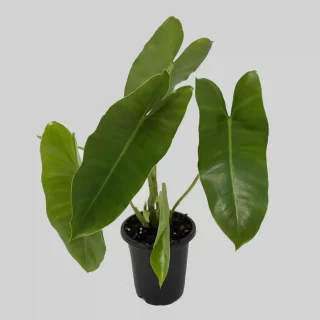
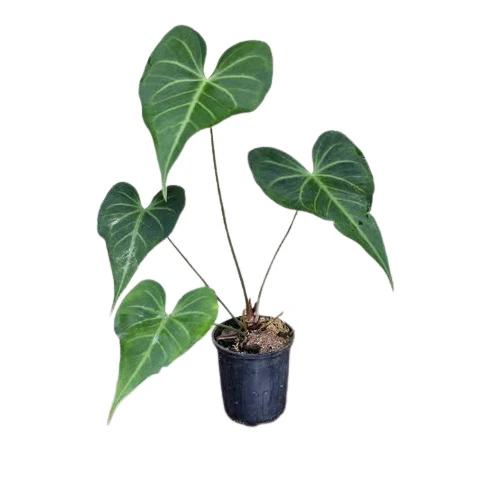
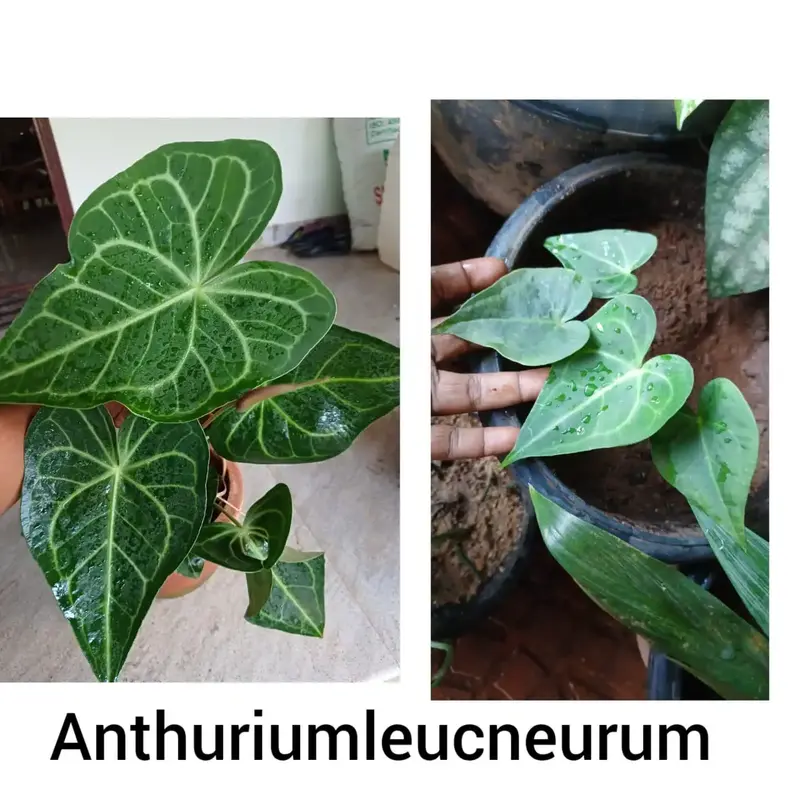
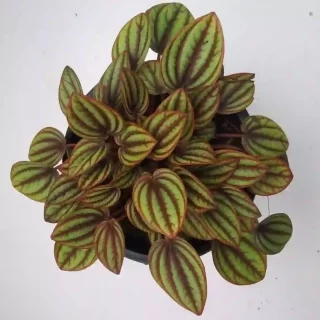
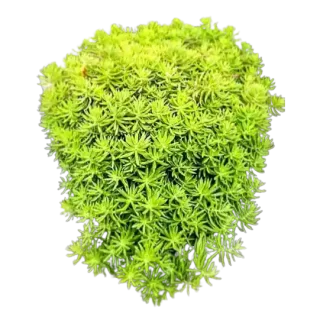
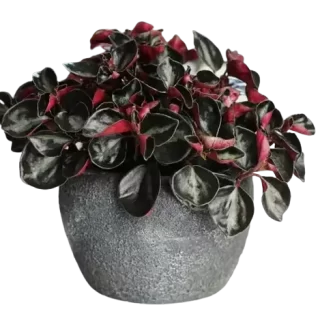

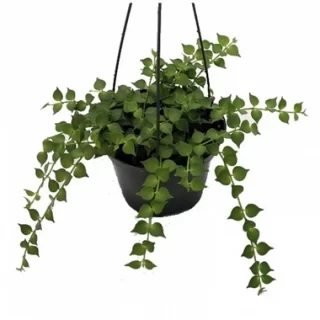
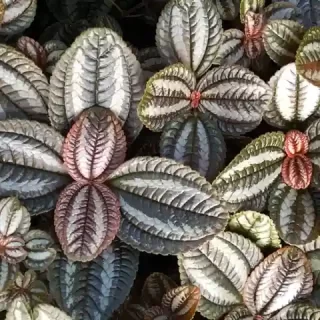
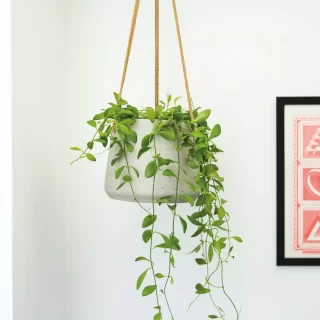
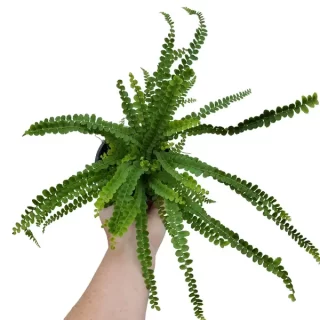
 If you need any assistance, I'm always here. Have you found what you were looking for?
If you need any assistance, I'm always here. Have you found what you were looking for?
Reviews
There are no reviews yet.